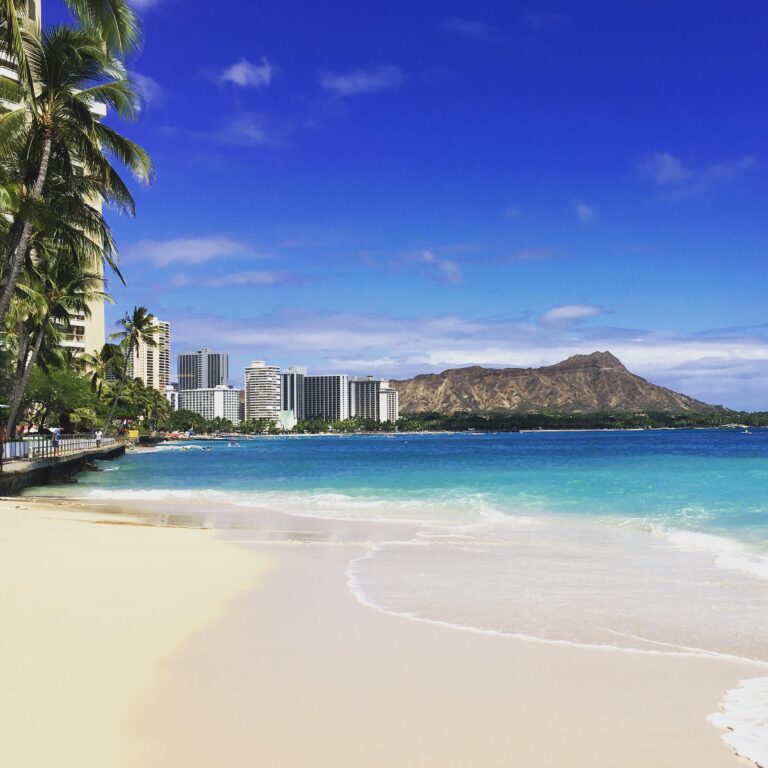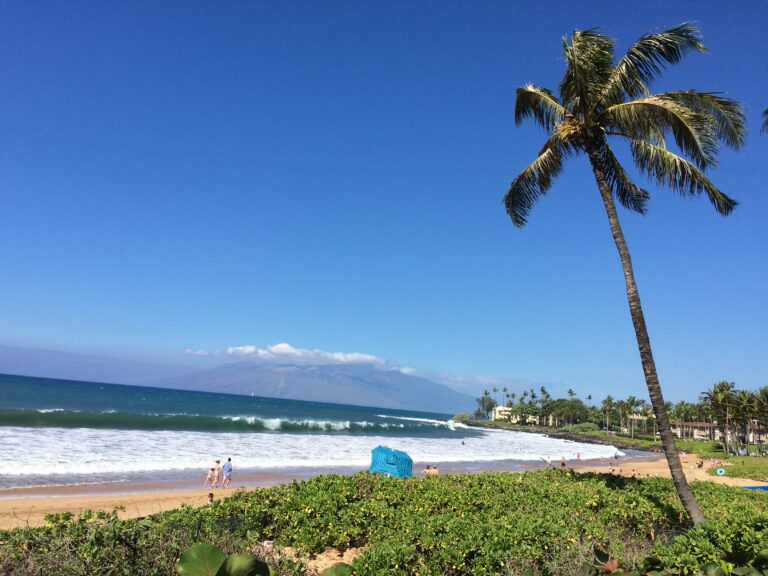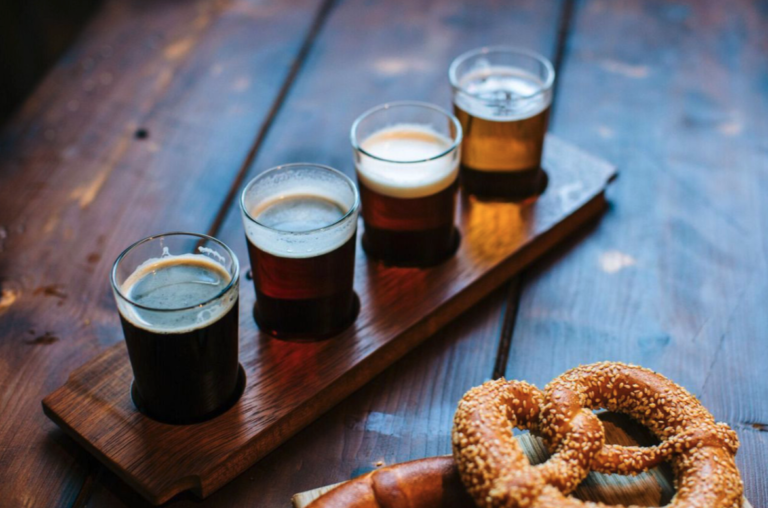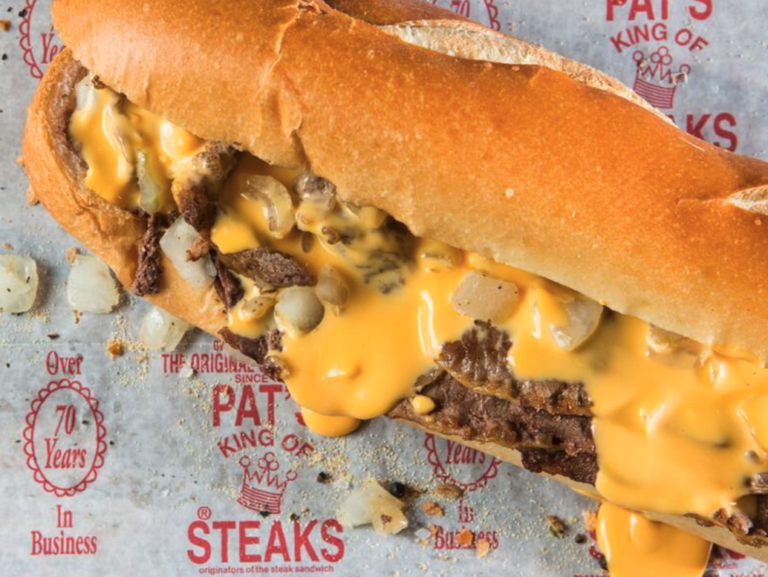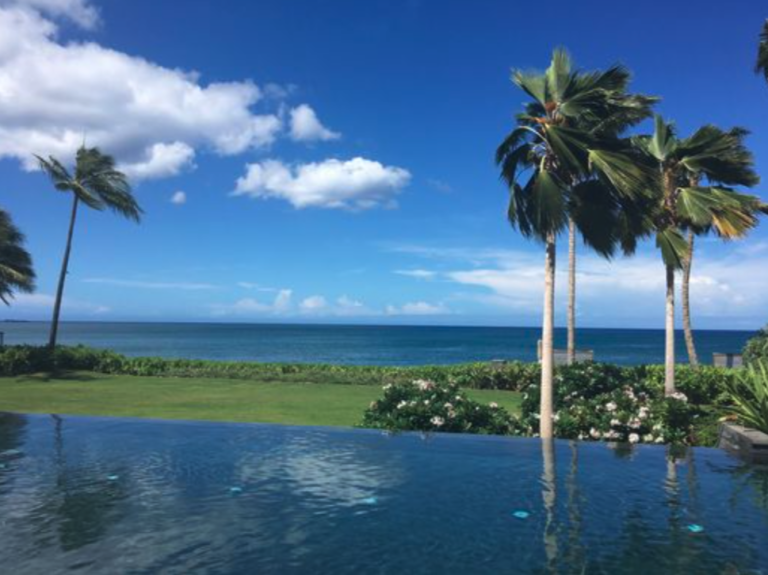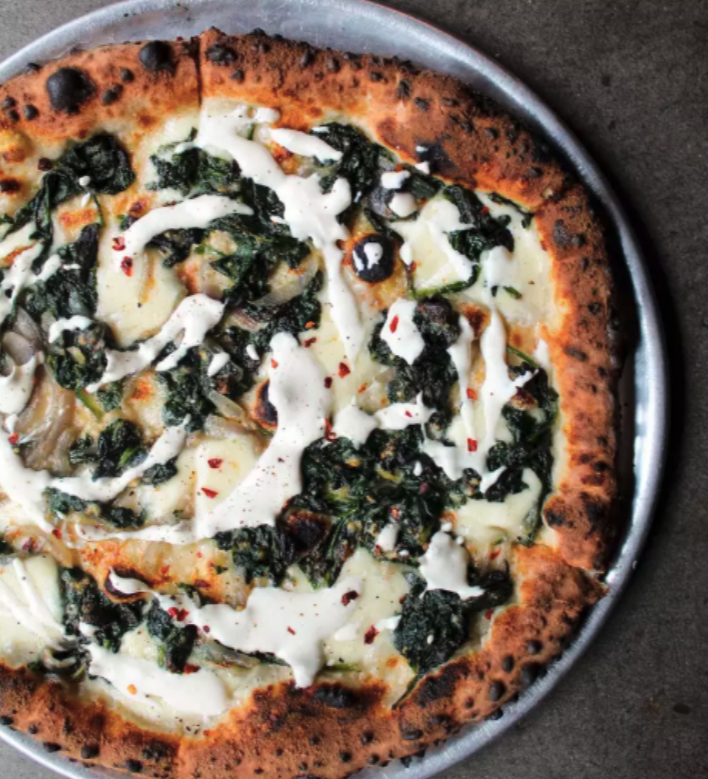Chefs At Sea: What It’s Like To Run A Restaurant On A Cruise Ship
Originally published in USA Today 10 Best
For many cruise passengers, dining is an essential part of the voyage. And cruise ships today serve up quality culinary options that provide guests with enriching experiences onboard.
For the expert (and celebrity) chefs who create the menus for these literal moving feasts, having a restaurant at sea affords an array of opportunities, as well as challenges (think safety, space and sourcing concerns). Here, they offer their perspectives on creatively cooking at sea.
VIKING
Viking’s Executive Chef David McDonald has worked on cruise ships for over 20 years. Aboard Viking’s ocean and river vessels, the menus are specifically curated to reflect the itinerary, and they offer a selection of local food and wine specialties from each destination.
A few favorites include the porcini dry-rubbed ribeye, the Viking burger, Mamsen’s waffles and the Chairman’s Choice (poached salmon in a chive sauce). With multiple, stylish dining options aboard the ships, Viking ensures that passengers enjoy a variety of delectable meals, made in state-of-the-art kitchens that were developed for precision.
McDonald explains, “As a chef, it is inspiring to not only sail the world but to also work with unique ingredients and showcase flavors from every region. One of the greatest benefits to our guests on our ocean vessels is the ability to choose from seven dining options – all at no additional charge.
“No matter where you are in the world, you can enjoy freshly-made pasta in our Italian restaurant, a rotating regional dish in the main restaurant, and our extensive seafood bar in the World Café. Our guests also really enjoy the tasting menu at Chef’s Table, with meals inspired by Chinese, French, Scandinavian and other flavors from around the world, and expertly paired with wine for each course.”
Regarding the innate shipboard challenges, he adds, “Safety is something every chef at sea (or on land) can relate to, and we are committed to the many facets of it while sailing – from importing ingredients to employee training and cooking practices.
“On a ship, your kitchen equipment is limited to electric stoves and ovens, because fire is a safety concern onboard any vessel. So, we must recreate cooking styles in unique ways. Regarding produce availability, we plan months in advance, so if there are shortages, we know about market fluctuations before they happen.”
MSC Cruises
 Asian Market Kitchen sushi bar on MSC — Photo courtesy of MSC Cruises
Asian Market Kitchen sushi bar on MSC — Photo courtesy of MSC Cruises
The MSC cruise line features a wide array of places to eat, including Asian Market Kitchen by Roy Yamaguchi, which was the renowned chef’s first restaurant at sea. It was created especially for MSC Seaside in 2017. His second restaurant, on the massive MSC Seaview, launched in 2018.
Yamaguchi says, “It was certainly a new and exciting challenge to bring my style of cooking to the sea. Everything from the menu and the design to the silverware, china and the décor of Asian Market Kitchen was developed specifically for MSC. These ships have unprecedented outdoor space and are built for sailing to warmer destinations – which is the perfect complement to my pan-Asian style of cooking and my Japanese and Hawaiian heritage.”
He also mentioned that the ship’s layout requires unique space considerations. “On a ship, space is at a premium, and it has pushed us to be creative and efficient in our preparation and presentation. Thankfully, I was fully involved in the design process and was able to maximize the space for the restaurant’s needs.
“Amazingly, we were able to outfit Asian Market Kitchen with four fully functioning teppanyaki grills that allow our expert chefs to really immerse guests in the entertaining and delicious culinary experience, while also having a dedicated sushi bar in the center of the space.”
Oceania Cruises
 Oceania Riviera at sea — Photo courtesy of Oceania Cruises
Oceania Riviera at sea — Photo courtesy of Oceania Cruises
Legendary chef Jacques Pepin is the Executive Culinary Director for Oceania Cruises and has been involved with the line since 2002. His signature restaurant, called Jacques, can be found on two of the ships, the Marina and the Riviera.
Featuring French country décor, the sophisticated design includes reclaimed oak floors, lavender and green upholstered chairs, heirloom antiques, crystal light fixtures and signature artwork from his original collection. A few menu specialties include traditional baked escargots, creamy pumpkin soup, bouillabaisse and jumbo sautéed shrimp.
Pepin says, “I love the fact that the restaurants travel around the world. There’s something exciting knowing that on one night, the restaurant is in Bora Bora, and the other is in Venice.”
He continued, “The biggest challenge and difference is creating a menu that can be carried around the world and thus, having properly-sourced ingredients. As one can’t ‘run around the corner’ if you’re low on an item or ingredient, planning takes on extra importance and significance. That factor aside, we run the restaurants onboard just as you would a restaurant on land. We have our set menu, and we have specials each evening.”
Regarding the staff, Pepin added, “The staff belongs to the restaurant, and like any great establishment on shore, the staff stay and grow with the restaurant. In many cases, they all live together as well. I think there is an extra-special bond you get on a ship that you don’t always get ashore.”
UnCruise Adventures
 UnCruise Adventures specializes in small-ship luxury and adventure sailings in a number of areas including Alaska, Hawaii, Panama and other destinations. Due to its low number of passengers (ranging from about 20 to 90, depending on the vessel), UnCruise has the unique advantage of sourcing and serving local specialties with each voyage.
UnCruise Adventures specializes in small-ship luxury and adventure sailings in a number of areas including Alaska, Hawaii, Panama and other destinations. Due to its low number of passengers (ranging from about 20 to 90, depending on the vessel), UnCruise has the unique advantage of sourcing and serving local specialties with each voyage.
Sam Spiva is a chef and the Senior Manager of Hotel Operations for UnCruise. He says, “We try to source locally wherever we can. It’s extremely important for us to support the local economies that we visit and be sustainable in every way. Throughout our destinations, we work with individually-owned businesses, small collectives of fishermen, and family-run farms that supply us with great, locally-grown fruits and vegetables, as well as coffee.
“Our chefs appreciate it, as they are involved in the sourcing and get to cook with regional ingredients, and our passengers love it because they get to enjoy extremely fresh and delicious local food.”
UnCruise is a partner of Monterey Bay Aquarium Seafood Watch, which means the cruise line only serves fish that is considered sustainable. For example, while in Alaska, cruisers may be served seared king salmon with red quinoa, English peas, herb puree and a lemon cream sauce.
In Baja, Mexico, they may dine on grouper wrapped in hoja santa leaf with green rice, patty pan, zucchini and a saffron verjus aioli. According to Spiva, it is a wonderful added benefit to passengers on this line, as they get to have an authentic, firsthand “taste” of their destinations.
Carnival
 Carnival is dedicated to creating fun, memorable experiences, especially within their abundant and diverse food offerings onboard. In March 2018, iconic chef Emeril Lagasse announced plans to have a restaurant aboard their soon-to-be-launched ship, Mardi Gras.
Carnival is dedicated to creating fun, memorable experiences, especially within their abundant and diverse food offerings onboard. In March 2018, iconic chef Emeril Lagasse announced plans to have a restaurant aboard their soon-to-be-launched ship, Mardi Gras.
Called Emeril’s Bistro 1396 (named after its hull number in Finland’s Meyer Turku shipyard), it will showcase some of the chef’s signature dishes, including barbecue shrimp, chicken andouille gumbo, lemon icebox pie and new offerings as well. The restaurant will be located in Mardi Gras’ French Quarter, one of the ship’s six themed zones.
Lagasse is excited about this new dining project and plans to work diligently to ensure the restaurant will feature some of the same dishes offered on his “on land” restaurants. He said, “When I was approached about creating a New Orleans-themed restaurant on board its newest ship, Mardi Gras, I jumped at the chance. The team at Carnival shares the same passion for quality food and friendly service, and I can’t wait for guests [to] check out Emeril’s Bistro 1396.”
He added, “I’ve developed restaurants all over the country and the idea of having a restaurant at sea was very intriguing to me. Carnival’s Mardi Gras promises to be a game-changer – it even has a roller coaster! So, I’m really excited about being part of this groundbreaking ship. I’m most looking forward to seeing guests’ reactions to a first-of-its-kind restaurant that is literally part of a floating hotel.”

